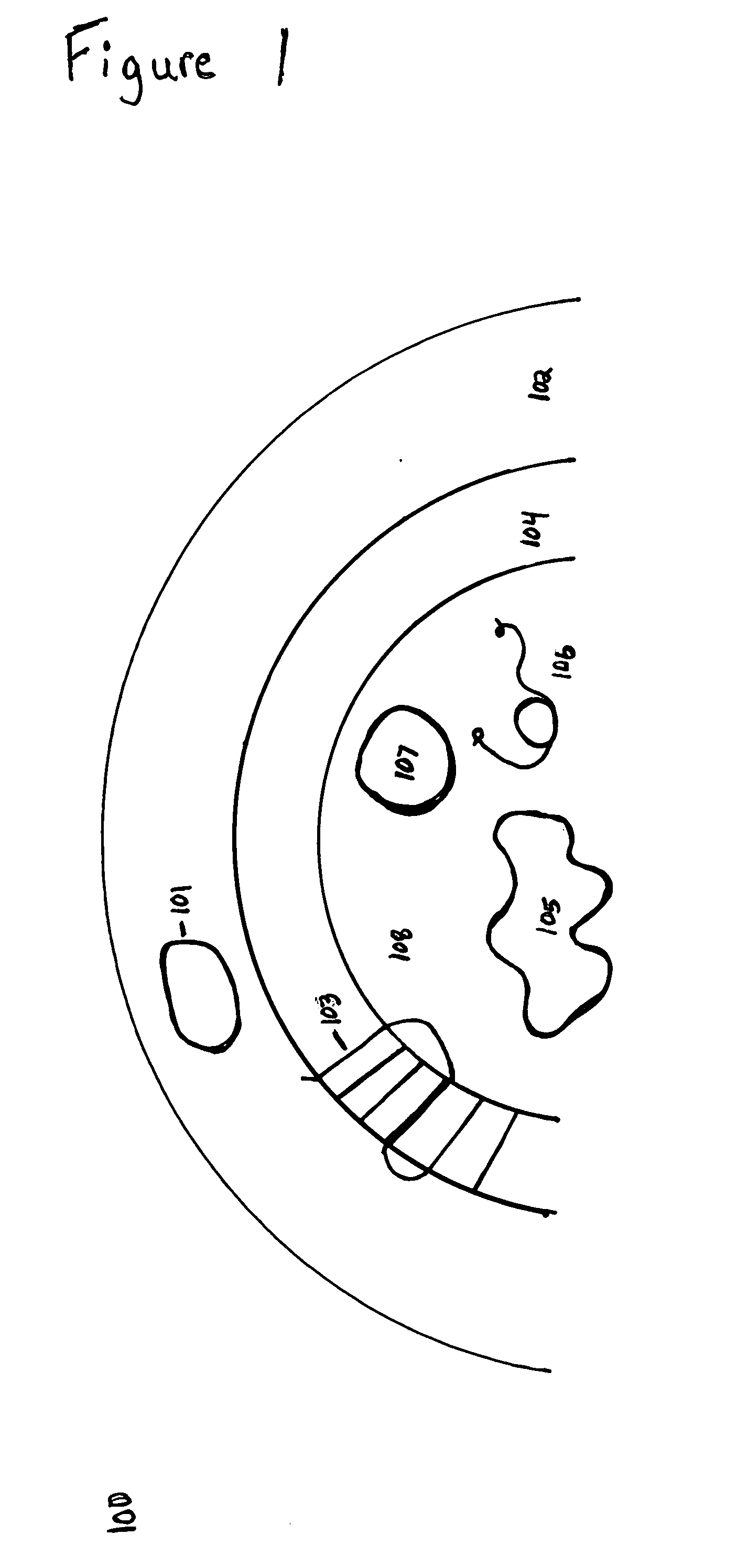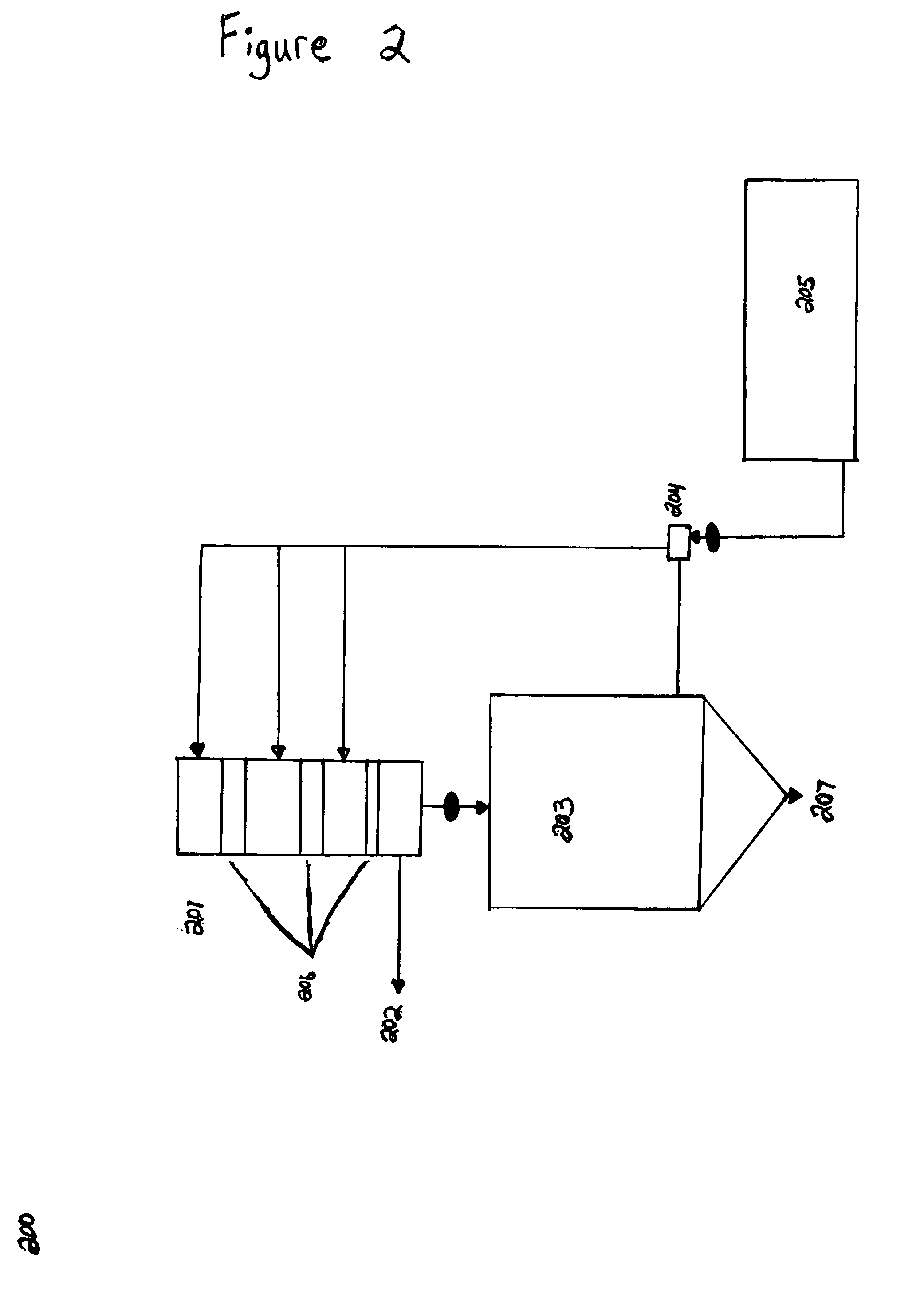Process for removing mercury from air or water
a technology of air or water and mercury, which is applied in the field of removal of mercury, can solve the problems of difficult or impossible capture, further complicating the removal of mercury, and reducing the content of mercury in achieves the effects of/or their effluent, reducing the mercury content of mercury containing solutions, and cost-effectiveness
- Summary
- Abstract
- Description
- Claims
- Application Information
AI Technical Summary
Benefits of technology
Problems solved by technology
Method used
Image
Examples
Embodiment Construction
[0017]The Mer proteins can be any of the recognized amino acid sequences for each of the different Mer proteins and the conservative variants thereof. Conservative variants are amino acid sequences that may differ from the normal sequence; however, the tertiary protein still has virtually the same binding features as the normal protein sequence. Conservative variants are often a replacement of one or more amino acids with those of similar properties on the side chain. A Mer complex, as used in this application, is one or more Mer proteins capable of the capture and reduction of mercury when utilized in concert such as by competent bacteria 100.
[0018]The MerP protein 101 is a mercury ion-binding and mercury scavenger protein found within the periplasmic space 102. MerP has 537 different sequences with many of these sequences being truncated. In this application, a MerP protein has a CAAC Hg(+2) binding site in a linear bicoordinate complex with high binding constant. The MerT protein...
PUM
| Property | Measurement | Unit |
|---|---|---|
| temperature | aaaaa | aaaaa |
| pH | aaaaa | aaaaa |
| pH | aaaaa | aaaaa |
Abstract
Description
Claims
Application Information
 Login to View More
Login to View More - R&D
- Intellectual Property
- Life Sciences
- Materials
- Tech Scout
- Unparalleled Data Quality
- Higher Quality Content
- 60% Fewer Hallucinations
Browse by: Latest US Patents, China's latest patents, Technical Efficacy Thesaurus, Application Domain, Technology Topic, Popular Technical Reports.
© 2025 PatSnap. All rights reserved.Legal|Privacy policy|Modern Slavery Act Transparency Statement|Sitemap|About US| Contact US: help@patsnap.com


